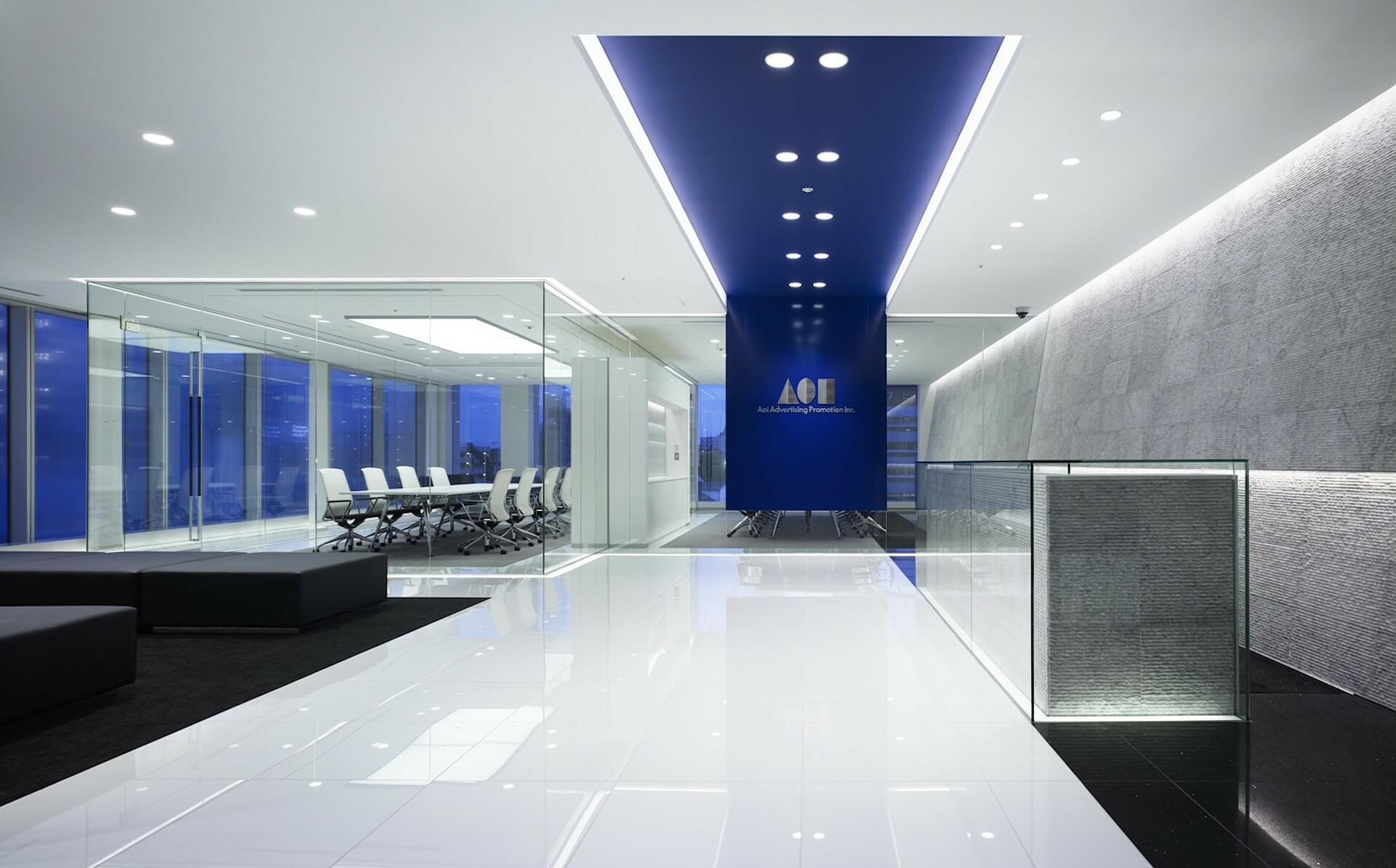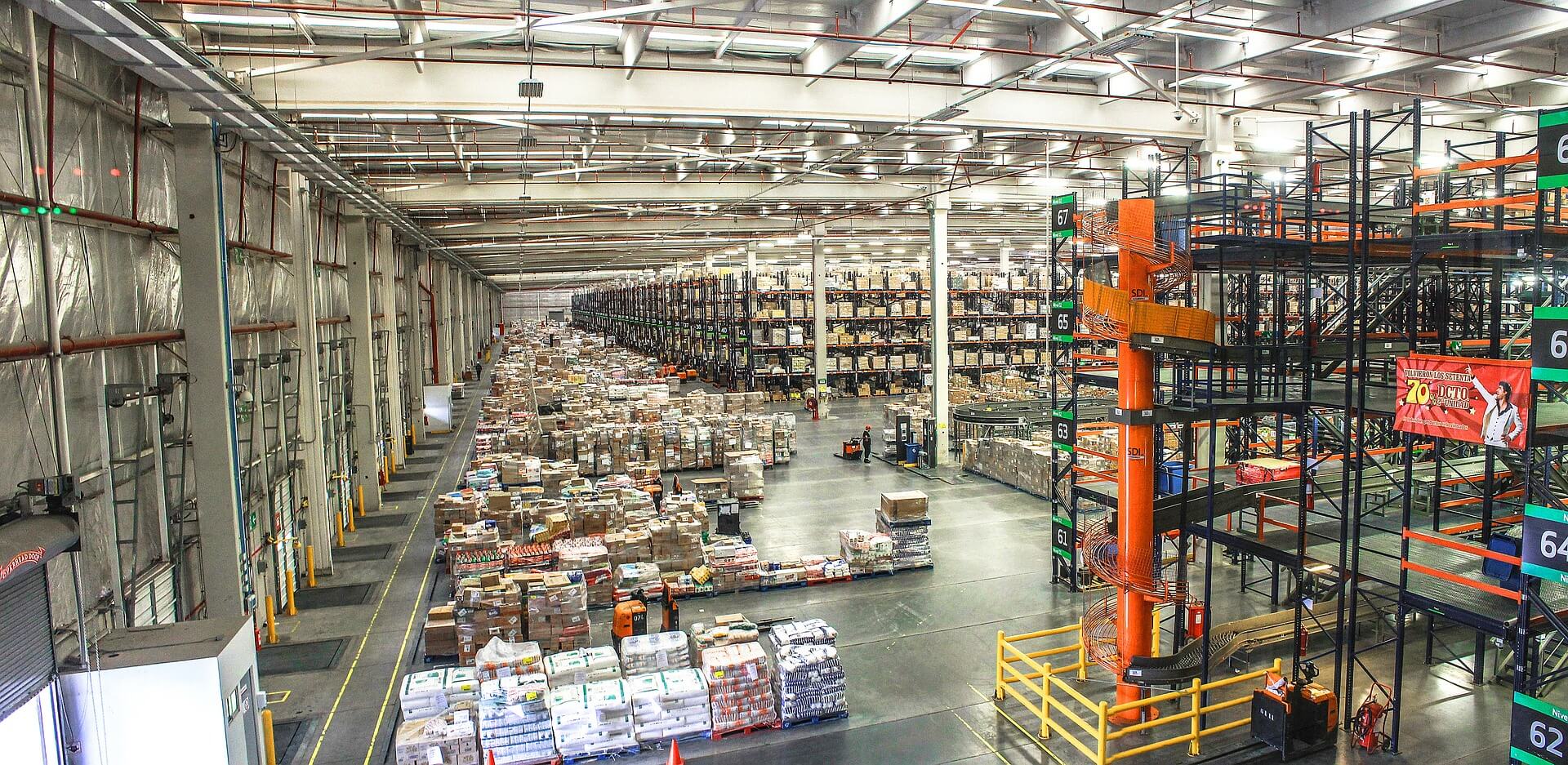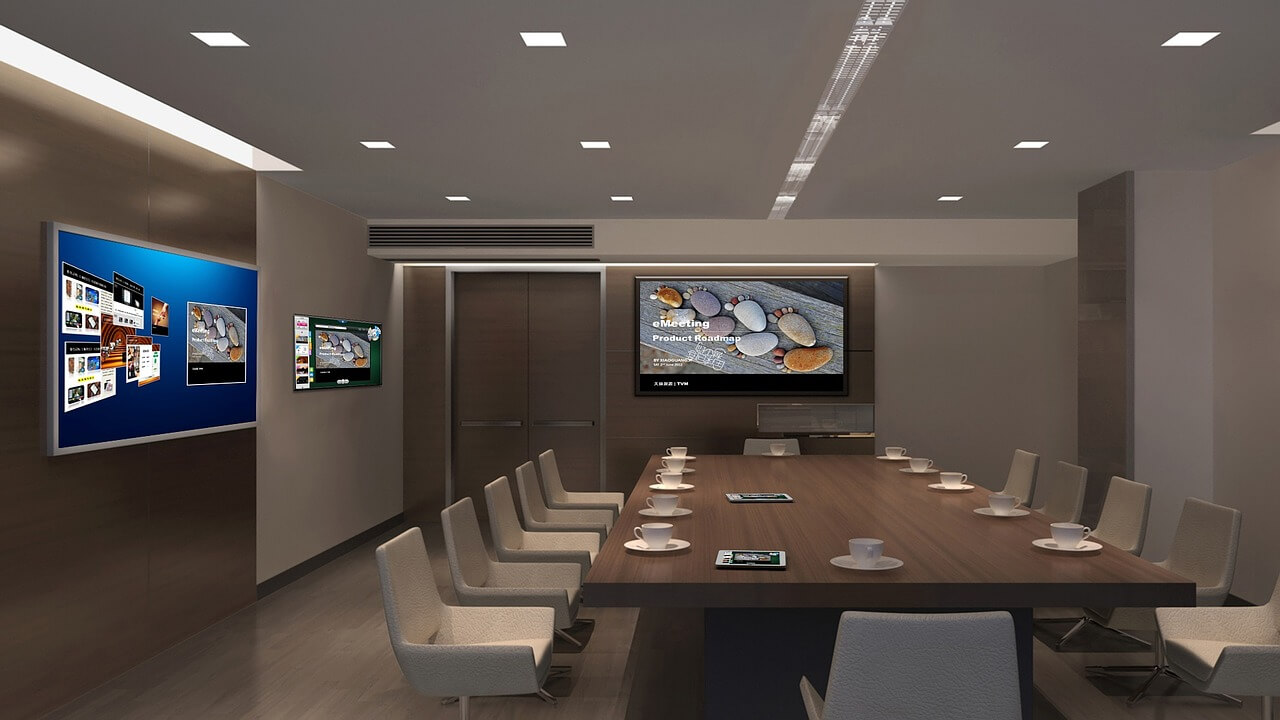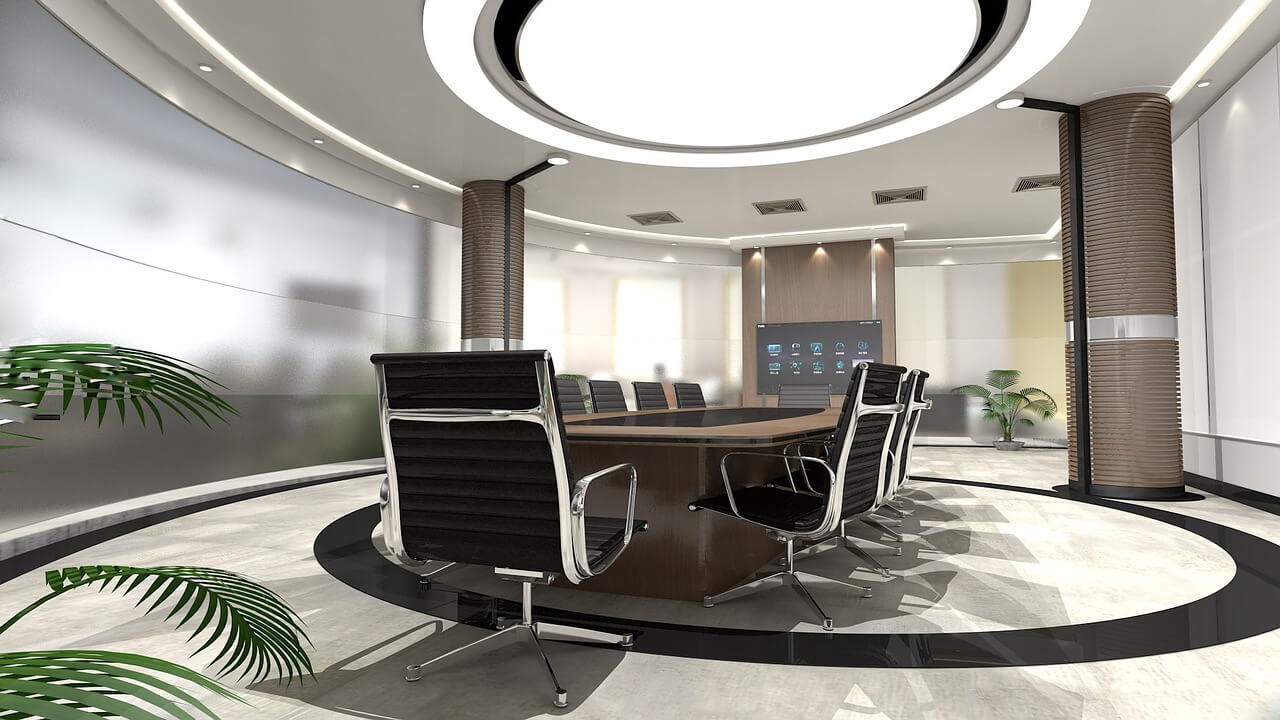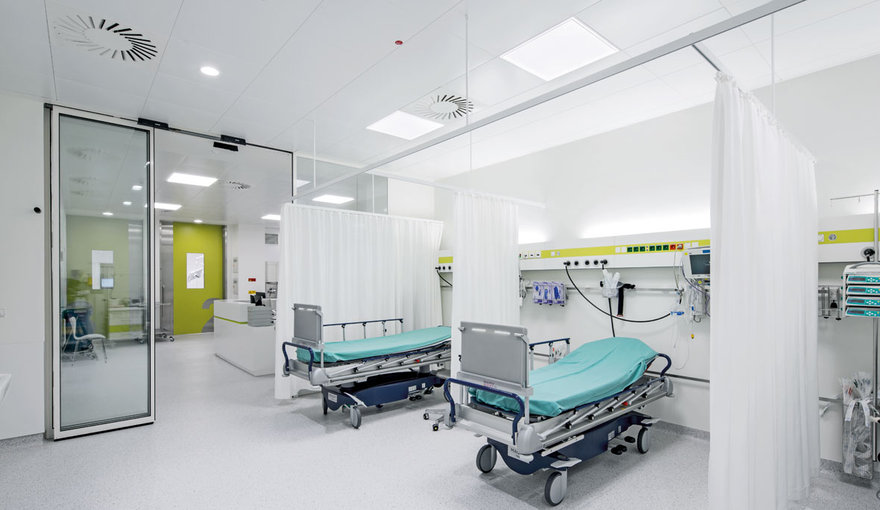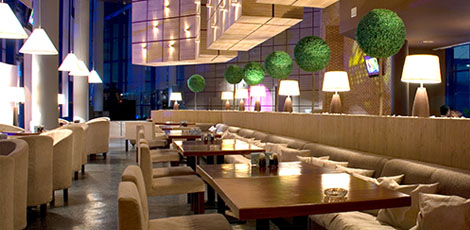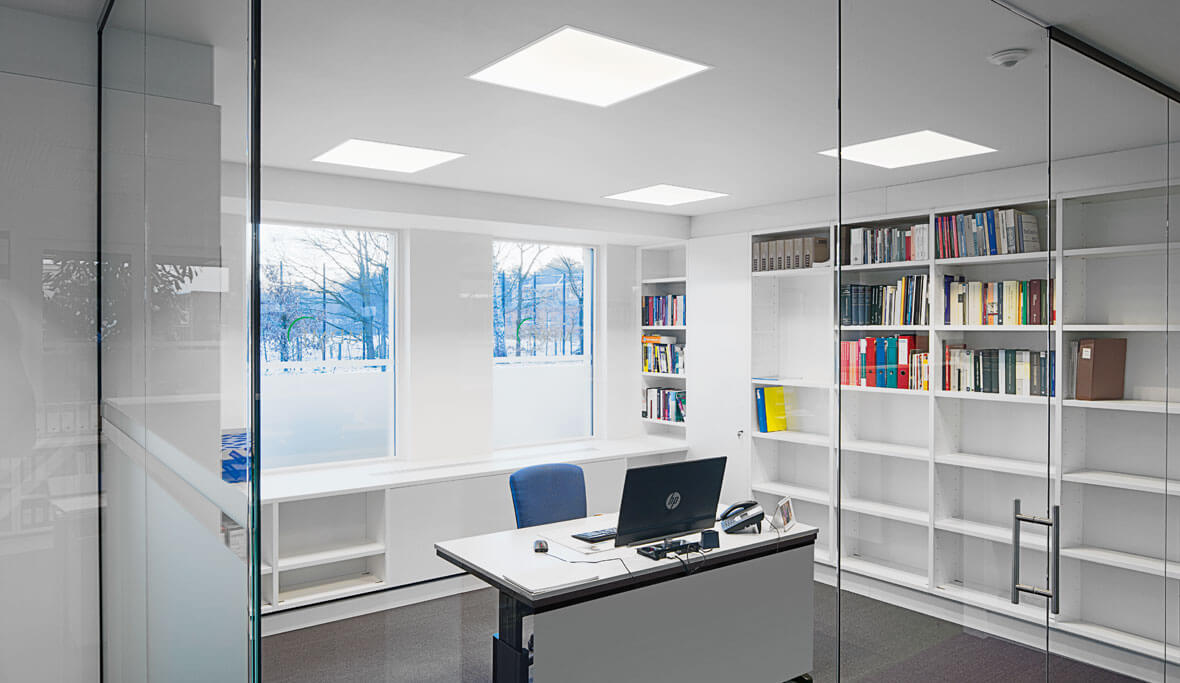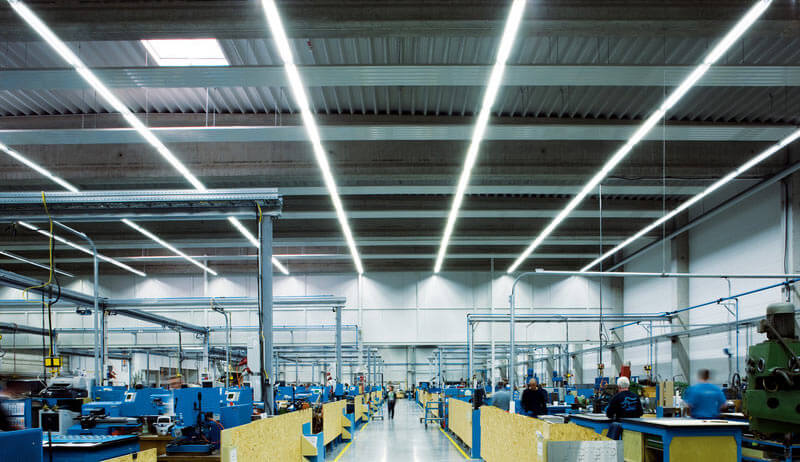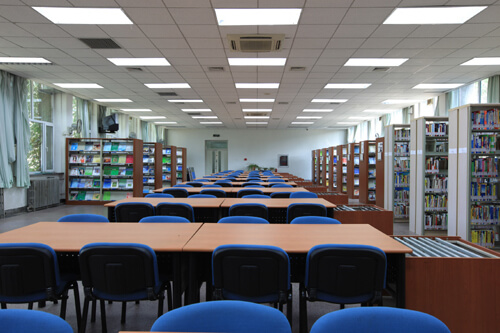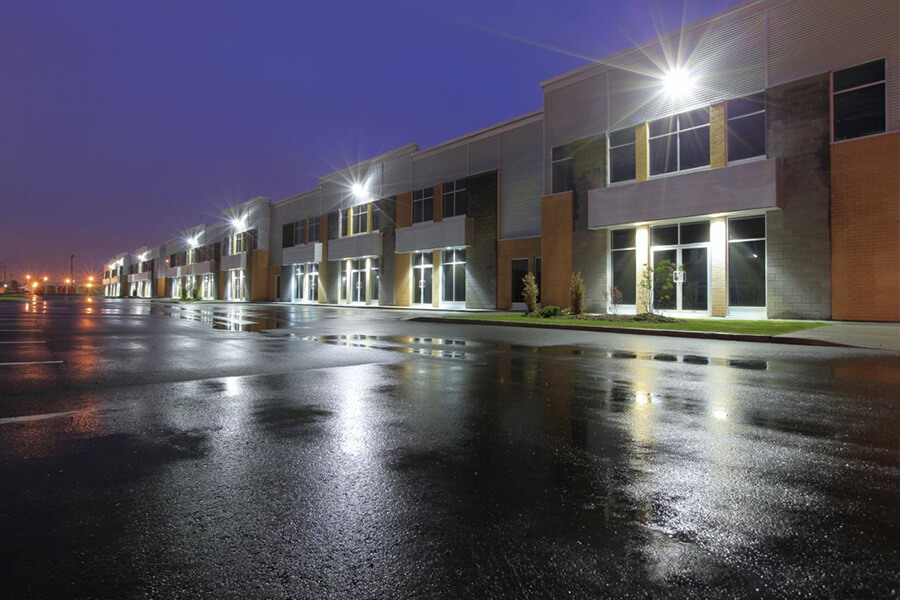Decorative lighting adds visual appeal, style, and professionalism to your business establishment. It differentiates you from your plainer looking competitors. It makes your business look more successful. To make it worth your while, decorative lighting shouldn’t require excessive maintenance, become a fire hazard, or cause big increases to your energy costs. Here are five reasons LED lighting is the best choice:
Energy Efficient
Compared to other technologies such as incandescent and fluorescent lighting, an LED light converts more of its electrical input into light. Incandescent bulbs for example, produce more heat than light. To put out the same amount of illumination as an LED light, the incandescent bulb requires higher wattage. This extra power is wasted as heat. Although your money isn’t going up in smoke, it is going up in heat.
Efficient Color Production
There’s another type of efficiency that LEDs enjoy over incandescent lights. To produce a color, an incandescent light uses a filter, that is, the bulb uses glass with a translucent color such as red, that only allows red light through. The light is dim because most of the bulb’s light doesn’t pass through. This is energy inefficient. On the other hand, a red LED light only produces red light. The power going into the LED directly produces the desired color, such as red.
Safe
Because LEDs produce little heat, they don’t get hot and aren’t fire hazards. You can safely leave them on for hours. They won’t burn the fingers of anyone who handles them.
Versatile
LEDs don’t require a warm-up period. If you want them to blink, they’re perfectly suitable. They’re easily dimmed and amenable to all kinds of control schemes. You can program a controller device to turn them on and off and vary their brightness in very complicated patterns.
Rugged
An LED light is a solid state device. There’s no glass bulbs, tubes, filaments, or glowing gas. It isn’t a collection of separate parts. It’s a solid piece of material. This means it tolerates vibration and shock impacts better than other types of lighting. When using them outdoors, you needn’t worry about wind storms. This saves on maintenance costs. In addition, LED lights outlast other common forms of lighting, which further reduces the cost of maintenance.

